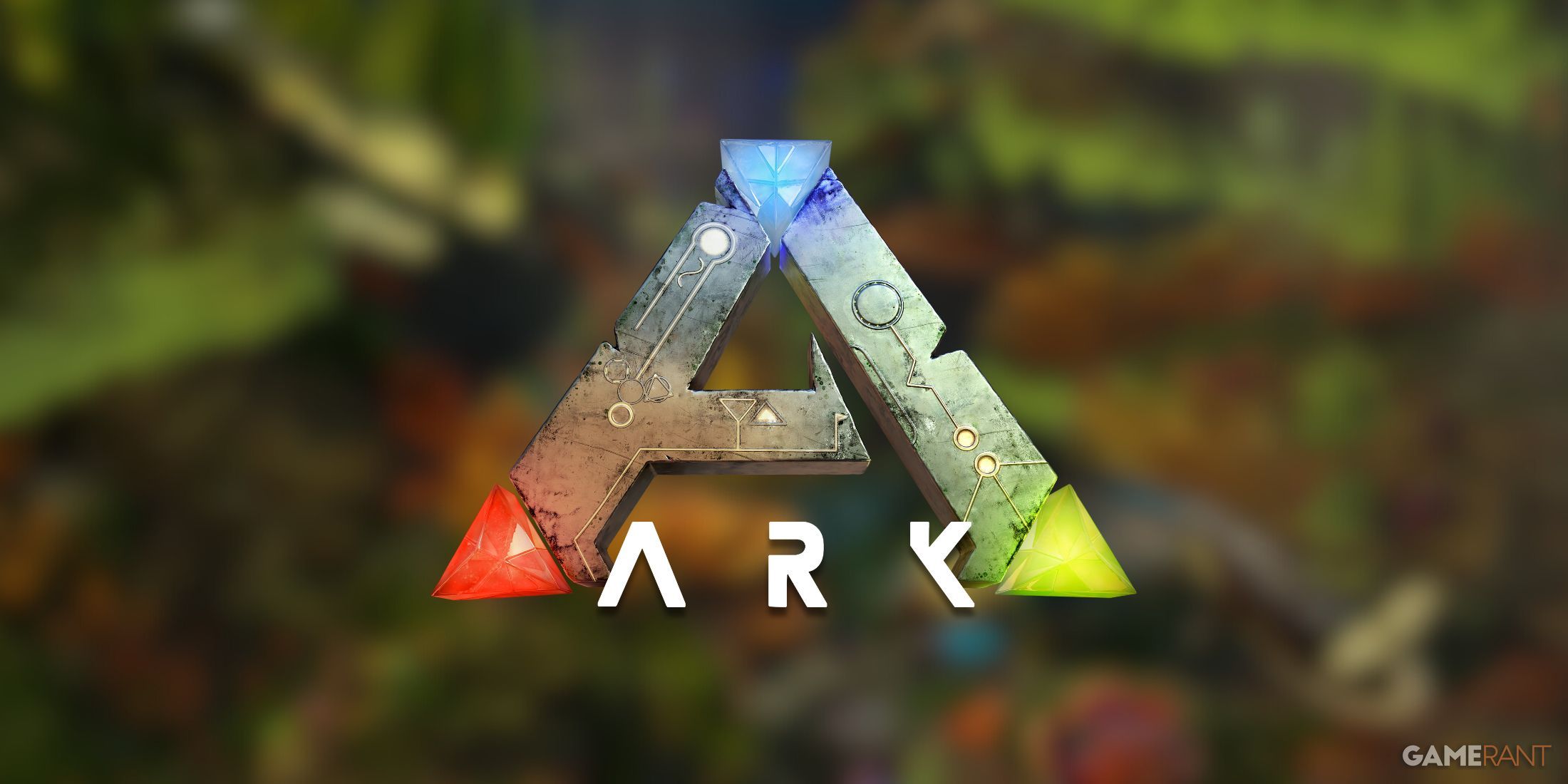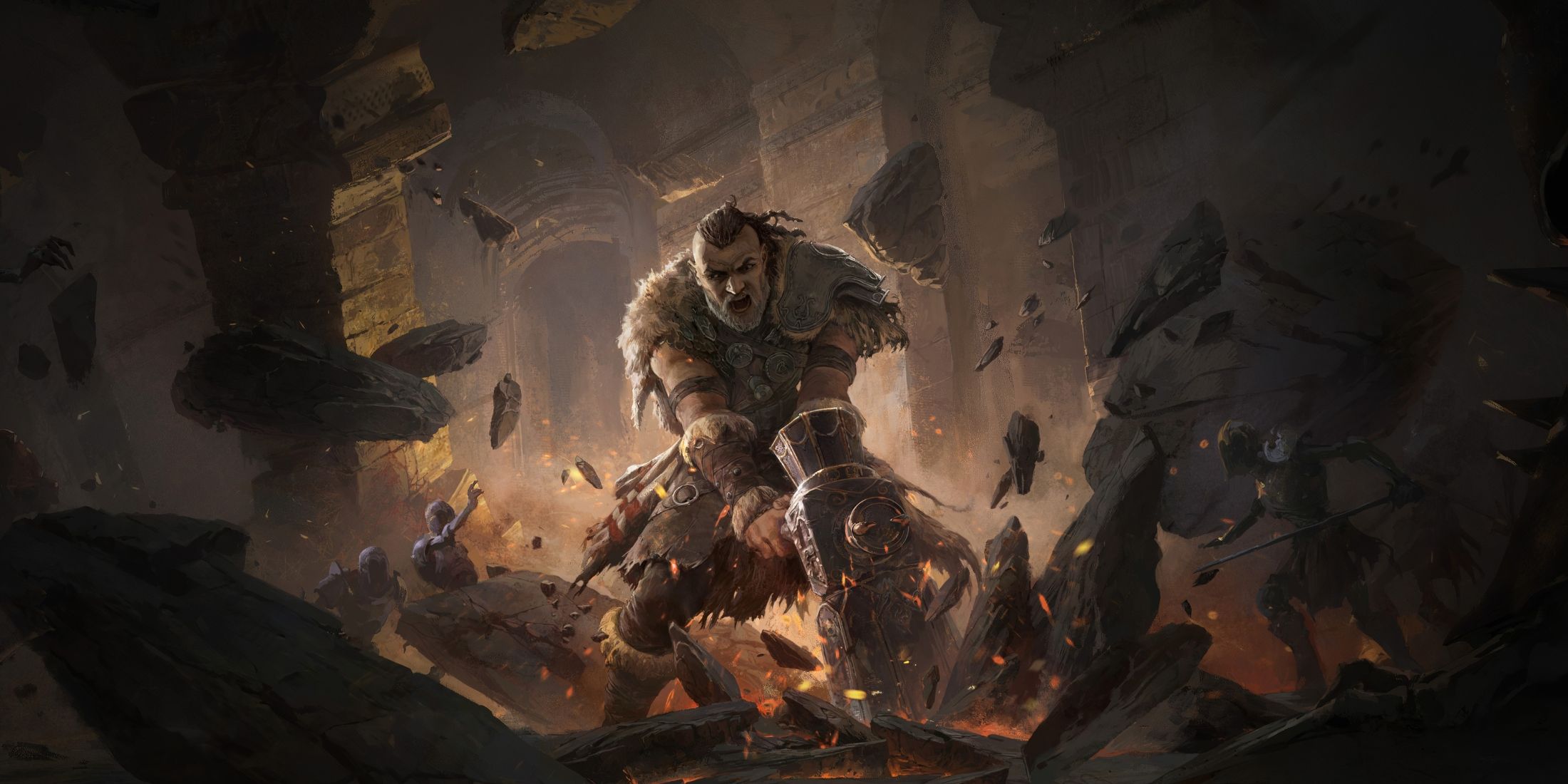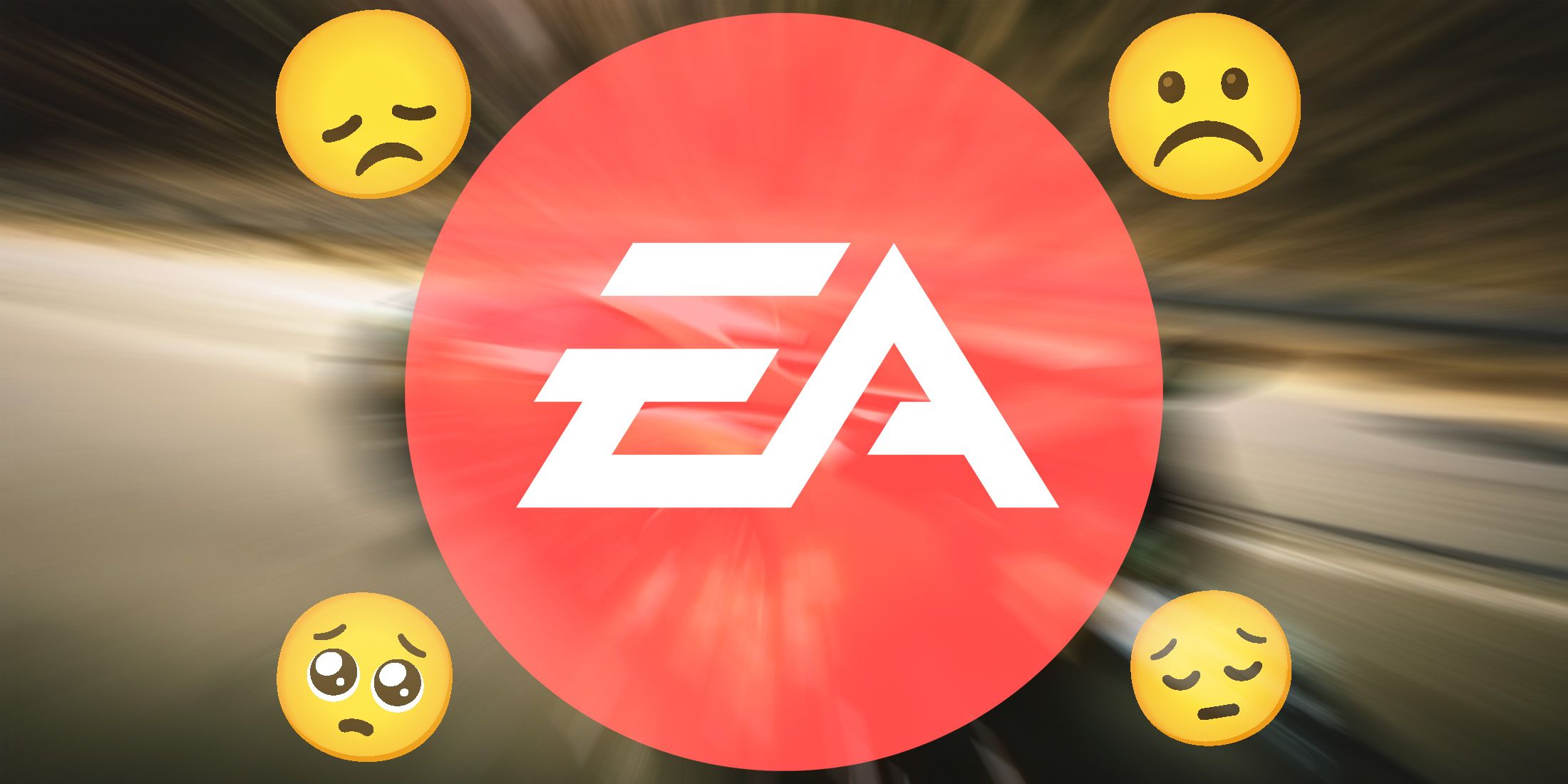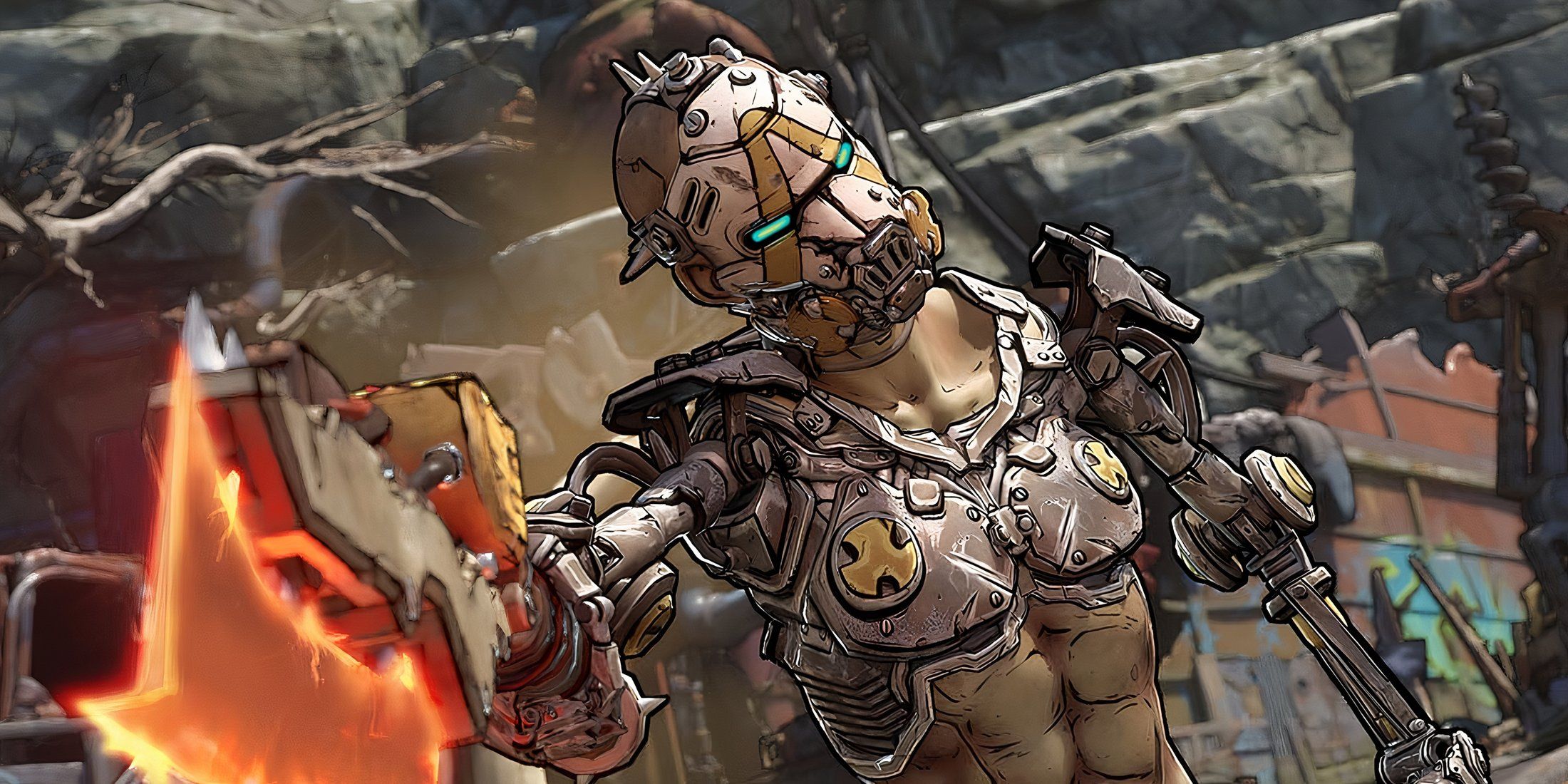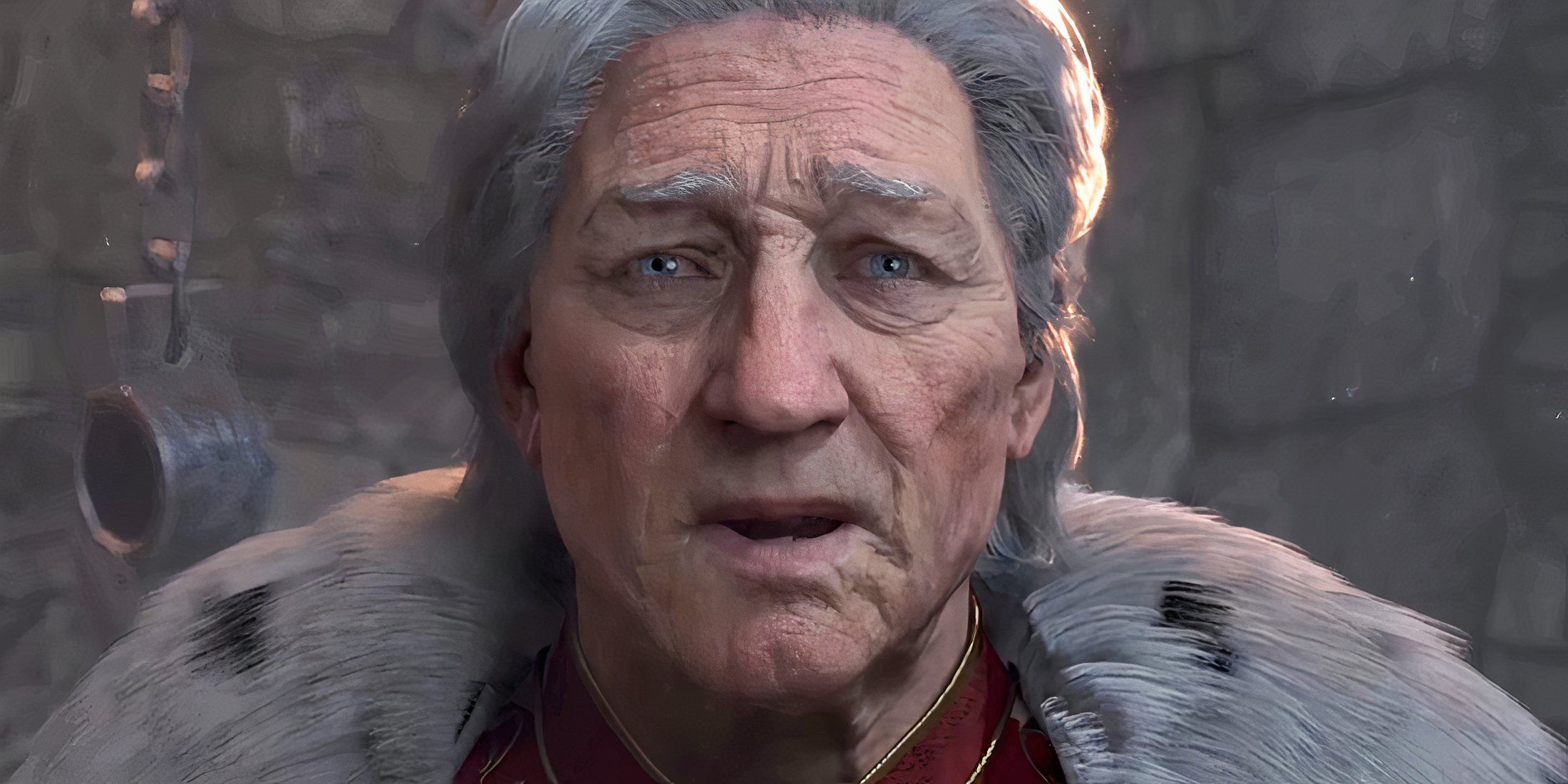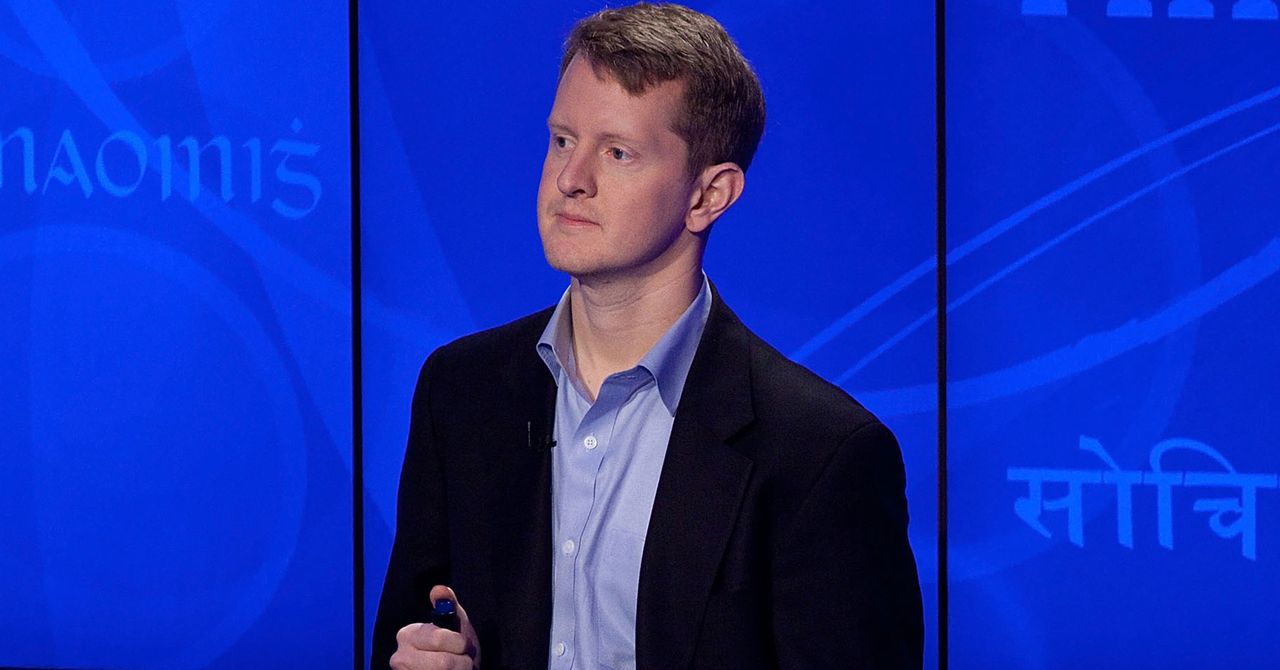
"I think most people's experience playing trivia is just feeling dumb, and that's no way to spend an evening."
That sentence probably doesn't describe Ken Jennings, who holds the record for the longest winning streak on TV quiz show Jeopardy! after a 74-game winning streak (though he still lost to IBM's Watson in 2011). But Jennings, who actually shared the quote above in a recent interview with Ars, is smart enough to recognize that most people don't find the same joy in "pure" trivia tests that he does.
ARS TECHNICAThis story originally appeared on Ars Technica, a trusted source for technology news, tech policy analysis, reviews, and more. Ars is owned by WIRED's parent company, Condé Nast.
"If trivia is just knowledge retrieval, it's only fun if you get it right," Jennings told Ars. "It shouldn't just be middle-aged dads trading baseball statistics ... It can involve deduction and lateral thinking, different kinds of cognition other than, 'Do I remember this thing my 9th grade teacher taught me.' One is fun, the other is fun only to a very, very small group of people."
Richard Garfield, the storied creator of Magic: The Gathering (and, more recently, Valve's Artifact), came to a similar conclusion after reading Jennings' book, Brainiac. "I was really taken by his love of trivia," Garfield said. "I learned to see trivia as being more than just a black-or-white test of whether you know it or not. Good trivia questions have an art to them, and have many more dimensions."
And so, a bit more than five years ago, Garfield reached out to Jennings to "make a trivia game that really brought those elements out." Today, on Kickstarter, they're finally ready to unveil Half-Truth, their attempt to turn the world of trivia games on its ear.
Fixing a broken designAs a game designer, Garfield's first task in making his own trivia game was to focus on the pain points that make standard trivia quizzes so unsatisfying for many."I thought back to my evenings playing trivia games, and I saw that one of the frustrating things was when I hit a long period of time where I knew nothing, or nothing that wasn't known by almost everyone there," Garfield said. "Then the one question where I was a master at the subject, where I was the only person who knew, that question got asked to someone else. So right off the bat, I resolved that everybody should be answering every question."
Garfield also decided to stick with multiple choice questions, so players would always have a potential "hook" that could provide some insight into the answer. After testing cards with one right answer out of six choices, though, Garfield says he "moved to the much more interesting place" where three out of the six options were correct (or "half" true).
That means, at worst, players have a 50 percent chance of stumbling on a right answer every time. And even if they don't know the answer, players can improve those chances by eliminating answers they know are wrong or looking for patterns and groupings in the options.

